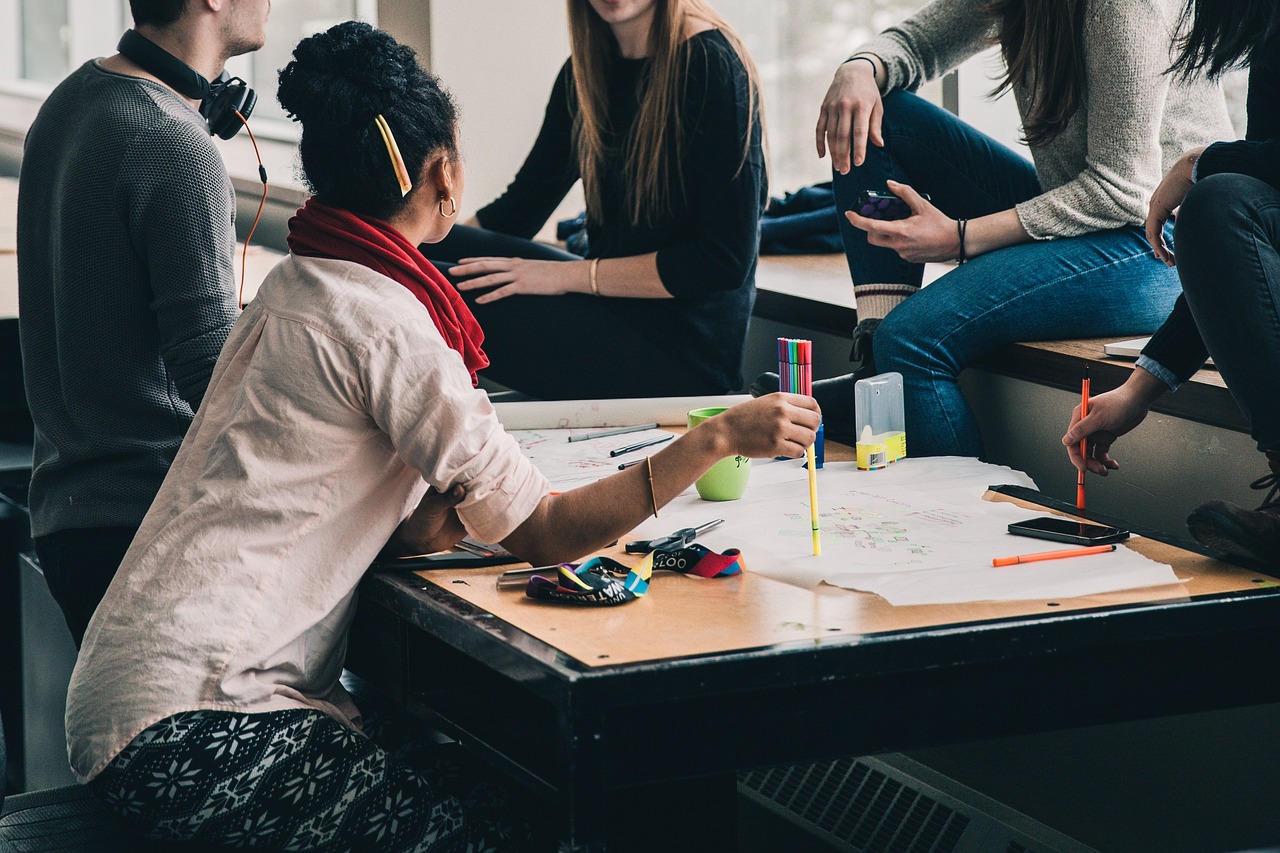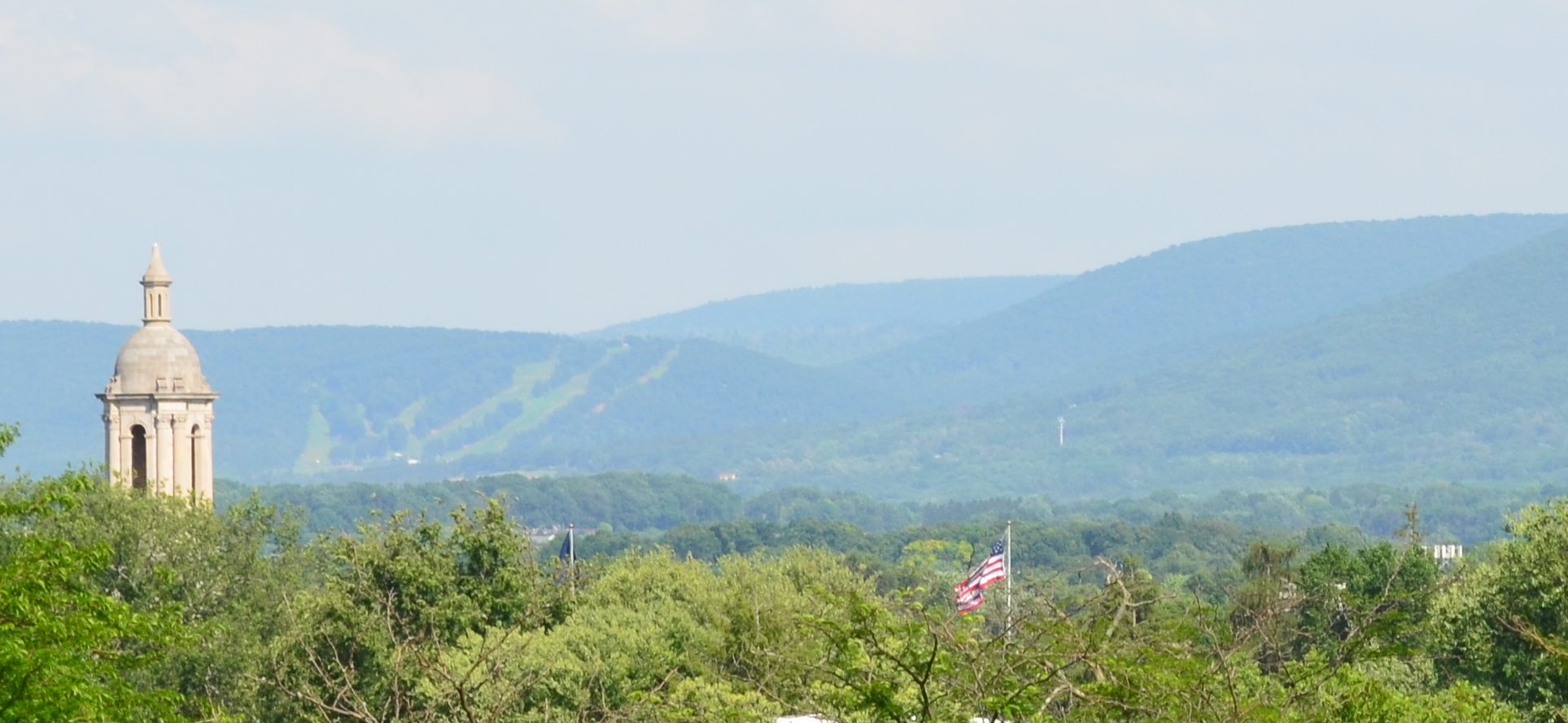My Upgraded Learning Philosophy (v2.1)

ROB PEELER
AUG 5, 2017



At the heart of it, my philosophy of learning hasn’t changed much. This is something that I’ve been crafting throughout the last ten years or so without really acknowledging that it is a learning philosophy. I still believe that learning is a journey that is taken by the learner.
Throughout this journey the learner meets a variety of individuals who can help them navigate the winding path. They learn from both a formal setting as well as informal, however, much of their learning happens outside of a traditional classroom space and it’s the job of the traditional teacher to guide the student so they can continue to learn outside of this space. The traditional structured space should inspire us to learn more, but the unstructured space is were we learn how to think for ourselves. I firmly believe that the teacher’s role should be to advise the learner of the best course of action without telling them what to do. The teacher should offer all the tools and guidance needed, but it is up to the learner to take that information and do something with it.
This course has helped remind me that the even though the teacher is the expert, we all have something to learn. Even the most experienced educator can learn something new, and I would argue that they do on a regular basis. They learn new tactics from novice educators, students, experts, and by observing the world around them. The educator must be open to this, otherwise we all stop learning. So the cliché of the “student becomes the teacher” is actually a factual statement as the teacher should always be prepared to learn from those they are teaching. Teaching is nothing more than someone who is an expert on a topic helping others learn that particular topic. We’re all teachers, every day.
“The educator should also understand that learning is a community effort and all ideas are worthy of exploration. The two worst ideas combined together could end up being the next new innovation that helps solve a world problem.”

Technology in all forms is part of education and it must be used appropriately. It is both a blessing and curse as if it is used incorrectly, it could actually hurt the student. My favorite reading from the course, “Virtual Reality: The Fad Will Fade” (Alexander) questions tools like virtual reality. While I don’t agree will all that he states, I agree with the heart of his argument that technology (virtual reality in his case) must be used to enhance the learning objectives and not simply be selected because it’s trendy, free, or as Alexander puts it, something that attempts to “hijack the brain itself.” I love technology and can’t wait to try the next new thing. However, my optimistic view of all things technology needs to stay in check. One thing that I’ve learned is that I must take a step back when I find something new and think about it from the perspective of the user. I must consider how long the tool will the user to learn and weigh that against the tools objective. Will it save the user time and will it enhance the learning objective?
Learning philosophy video by Rob Peeler.
The educator should also understand that learning is a community effort and all ideas are worthy of exploration. The two worst ideas combined together could end up being the next new innovation that helps solve a world problem. This encouragement from the teacher helps inspire learners to succeed. They should be a leader that doesn’t need credit or awards for their work, but someone who guides, advises, and inspires those around them to continue learning. They should see the potential within their learners and help each one realize that potential on their own. I truly believe that it is of utmost importance that we all realize our potential on our own, but with the help and guidance of others.
If all of this is done correctly, it will help students learn to analyze and evaluate everything around them from news and ads to better communicated opinions and beliefs. Ideally so that they can effectively make better, well-educated decisions at an earlier age so that they are able to make important decisions later in life. Otherwise, they end up falling for fake ads or fake news stories (Domonoske), which would most certainly hurt our society as a whole.
Sources
Alexander, Chris. “Virtual Reality: The Fad Will Fade.” Retrieved from https://elearningindustry.com/virtual-reality-fad-will-fade on 8/1/17.
Domonoske, Camila. “Students Have ‘Dismaying’ Inability To Tell Fake News From Real, Study Finds.” Retrieved from http://www.npr.org/sections/thetwo-way/2016/11/23/503129818/study-finds-students-have-dismaying-inability-to-tell-fake-news-from-real on 8/1/17.
Images
Header image. Retrieved on Aug 5, 2017 from https://pixabay.com/en/people-girls-women-students-2557396/
Winding road. Retrieved on Aug 5, 2017 from https://pixabay.com/en/desert-winding-highway-landscape-1116221/
Classroom of desks. Retrieved on Aug 5, 2017 from https://pixabay.com/en/classroom-school-education-learning-2093744/
Group of people working. Retrieved on Aug 5, 2017 from https://pixabay.com/en/workplace-team-business-meeting-1245776/
Students with computers. Retrieved on Aug 5, 2017 https://pixabay.com/en/boy-break-browsing-casual-computer-1986107/







Recent Comments